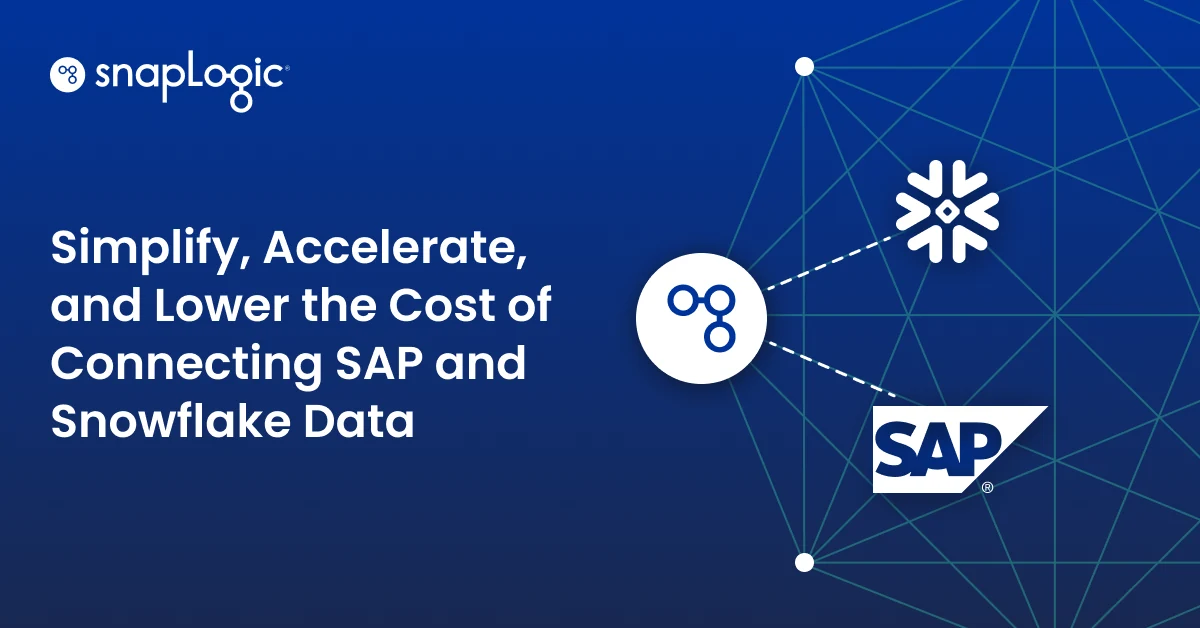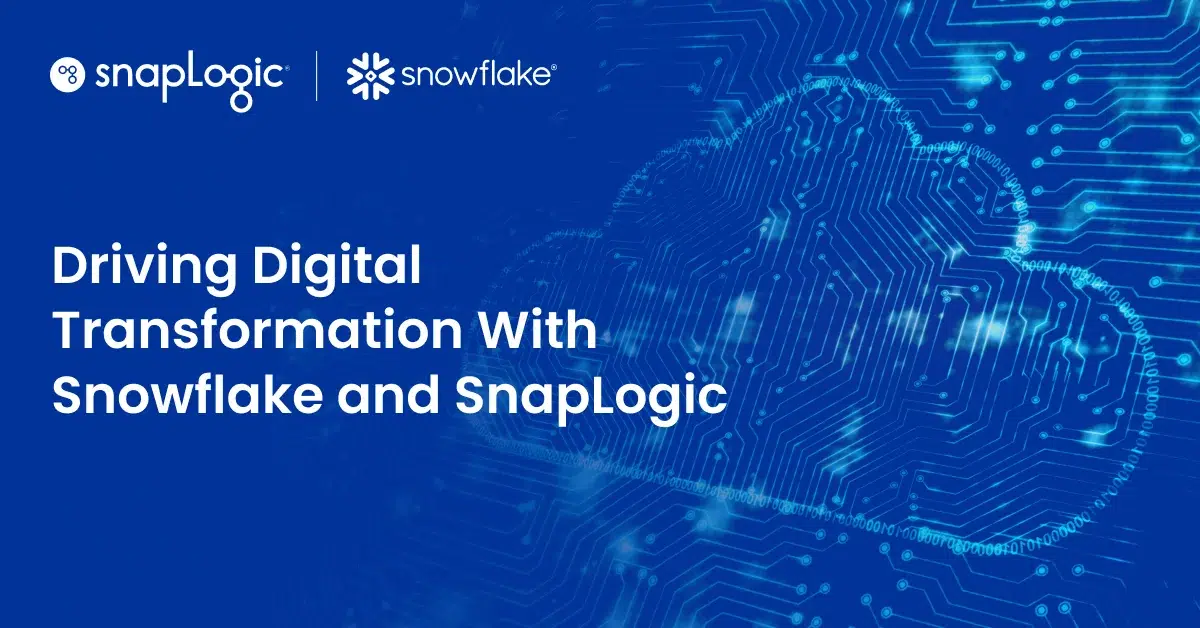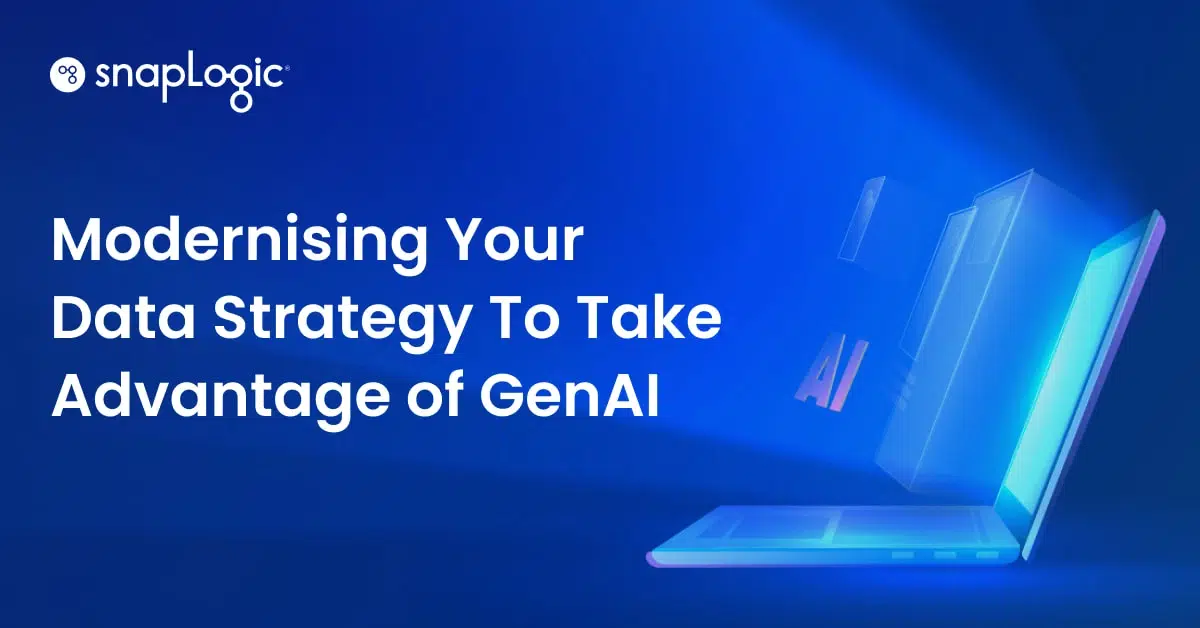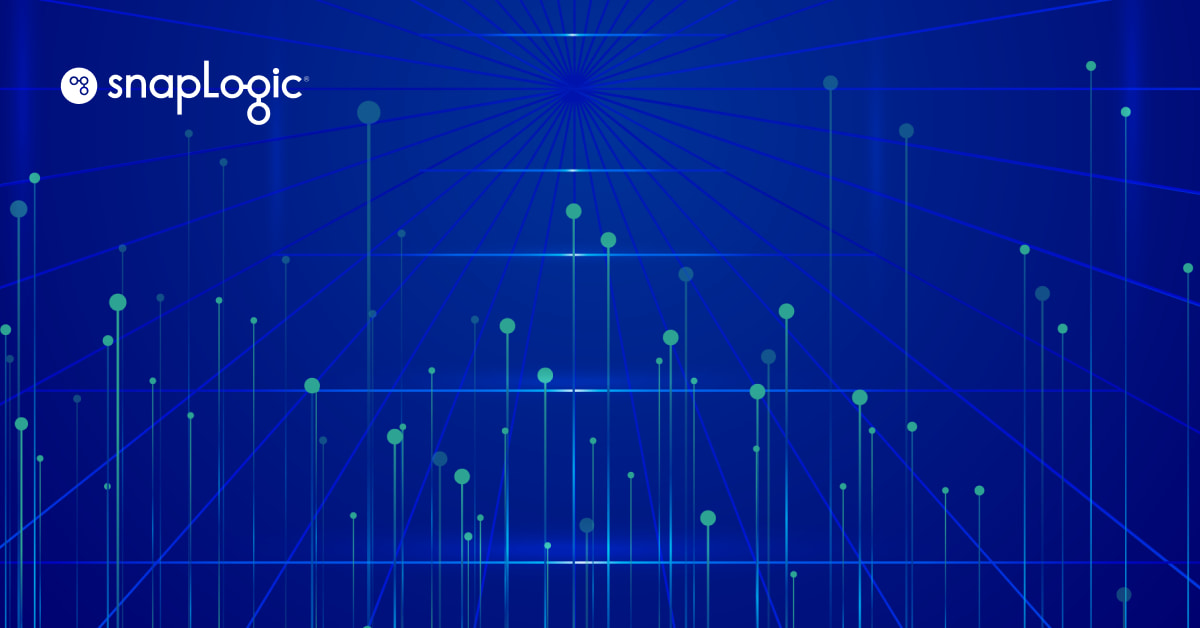SAP remains a cornerstone for enterprise resource planning (ERP) across industries, managing critical business processes that drive operational efficiency. However, as the demand for real-time, data-driven insights grows, organisations increasingly turn to modern cloud data platforms like Snowflake to gain the agility, scalability, and advanced analytics they need.
A key challenge in this transition is efficiently extracting data from SAP to integrate with Snowflake. This challenge has been further compounded by SAP’s recent discontinuation of support for certain legacy data extraction methods (refer to SAP Note 3255746). As a result, extracting essential business data has become more cumbersome, often requiring organisations to develop costly, custom-built solutions to bridge the gap.
In this blog, I will discuss some of the key challenges SAP users face during this data extraction process and how SnapLogic addresses these hurdles effectively.
Problem 1: complex data integration landscape
SAP systems encompass numerous interconnected modules (finance, logistics, etc.) with disparate data structures. Integrating this data with Snowflake presents a daunting challenge due to the lack of standardisation across these modules.
How SnapLogic resolves it: SnapLogic’s SAP connector effectively simplifies this integration process by covering 99% of use cases, including corner cases that often require custom workarounds. With hundreds of pre-built pipelines specifically designed for different SAP modules and scenarios, SnapLogic significantly reduces the complexity of data integration projects. In fact, organisations have experienced a 50% reduction in complexity by using SnapLogic, decreasing their pipelines from thousands to hundreds for the same outcome.
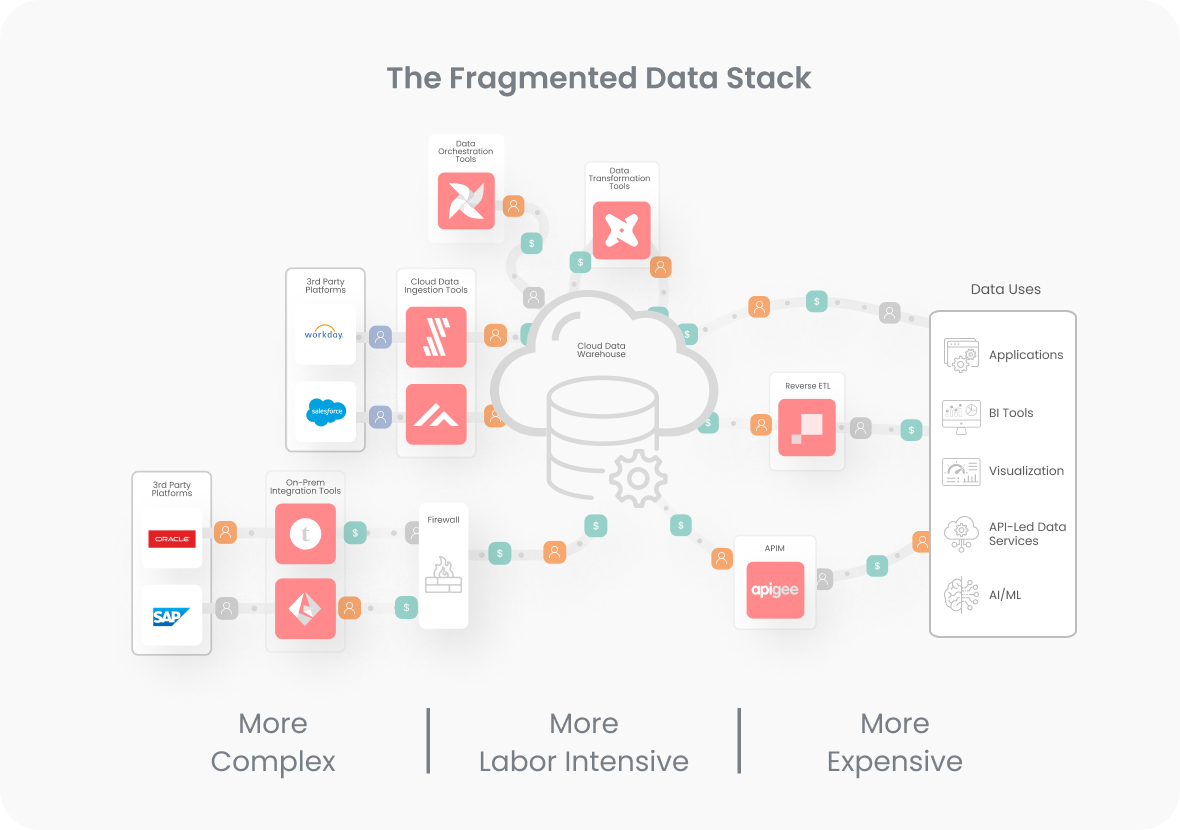
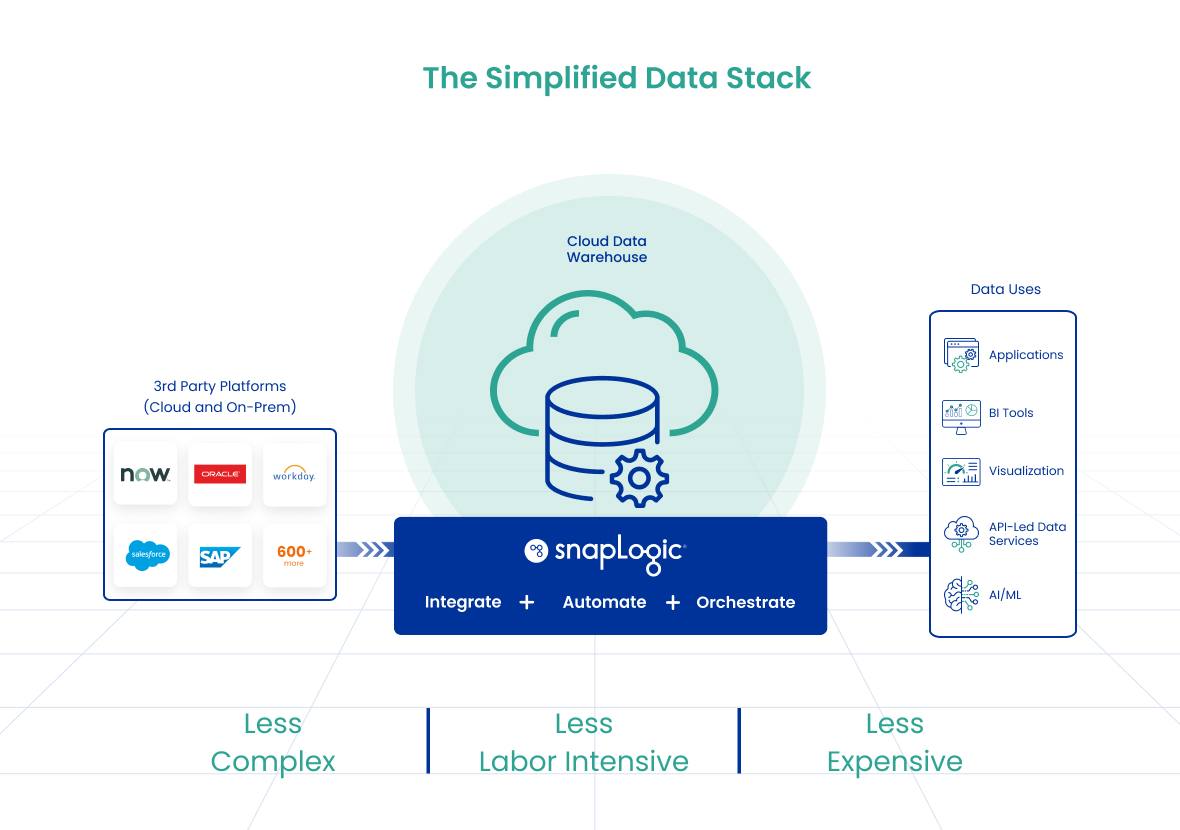
Problem 2: high operational costs and resource requirements
Traditionally, extracting data from SAP involves using custom ABAP code, SAP Data Services, or other integration tools. These methods are resource-intensive, requiring specialised expertise, costly infrastructure, and dedicated operational teams for maintenance and support.
How SnapLogic resolves it: SnapLogic reduces operational costs by automating and simplifying data extraction and integration processes. Using pre-built, reusable pipelines means that smaller teams can manage projects, reducing the need for SAP-specific expertise and minimising errors. Companies have leveraged SnapLogic to shift their operational teams’ focus from managing faults to delivering high-value business projects — all without increasing headcount, even as data demand continues to grow. This means fewer support cases and overall cost savings, allowing businesses to allocate resources to strategic initiatives rather than troubleshooting integration issues.
Problem 3: lengthy time to business insights
Extracting SAP data for use in Snowflake can be a time-consuming process, often taking months to complete. Traditional methods involve extensive custom development, data transformation, and testing, delaying the availability of critical business data for analytics.
How SnapLogic resolves it: SnapLogic accelerates the path to actionable insights by providing an integration platform that is faster and easier to deploy. Instead of projects stretching over several months, SnapLogic has enabled organisations to complete SAP-to-Snowflake data integration in weeks. This quicker integration not only reduces the time to value but also ensures that Snowflake receives SAP data promptly, empowering businesses with the agility to make data-driven decisions in real time. Faster data availability in Snowflake means analysts and stakeholders can access and analyse critical business data without delays, supporting more effective decision-making.
Value for Snowflake integration
For organisations leveraging Snowflake or looking at Snowflake, the ability to easily extract and integrate SAP data is crucial for maximising the value of their cloud data platform. Snowflake thrives on real-time, scalable data availability, and SnapLogic ensures that data from SAP is delivered seamlessly, quickly, and in the correct format — eliminating bottlenecks in data accessibility.
The time to insight is significantly reduced, enabling businesses to perform advanced analytics, predictive modelling, and real-time reporting that add value across operations. SnapLogic’s capabilities in extracting and transforming SAP data for Snowflake offer unmatched efficiency, allowing companies to optimise their data infrastructure without compromising on agility or scalability.
Get the ebook: Ski Resorts & Square Integrations: How POWDR Shredded Data Challenges With SnapLogic and Snowflake
The SnapLogic advantage
Integrating SAP with any centralised data platform is fraught with complexities — ranging from managing the intricacies of SAP’s data model to overcoming resource and scalability constraints. SnapLogic provides a comprehensive solution that:
- Reduces complexity by 50%: with hundreds of pre-built pipelines, SnapLogic minimises the complexity of integrating SAP data, covering 99% of the use cases.
- Cuts operational costs: automated workflows and pre-built connectors allow for smaller operational teams and reduced errors, leading to fewer support cases and overall cost savings.
- Accelerates time to business insights: by reducing project timelines from months to weeks, SnapLogic enables quicker access to data in Snowflake, supporting timely decision-making.
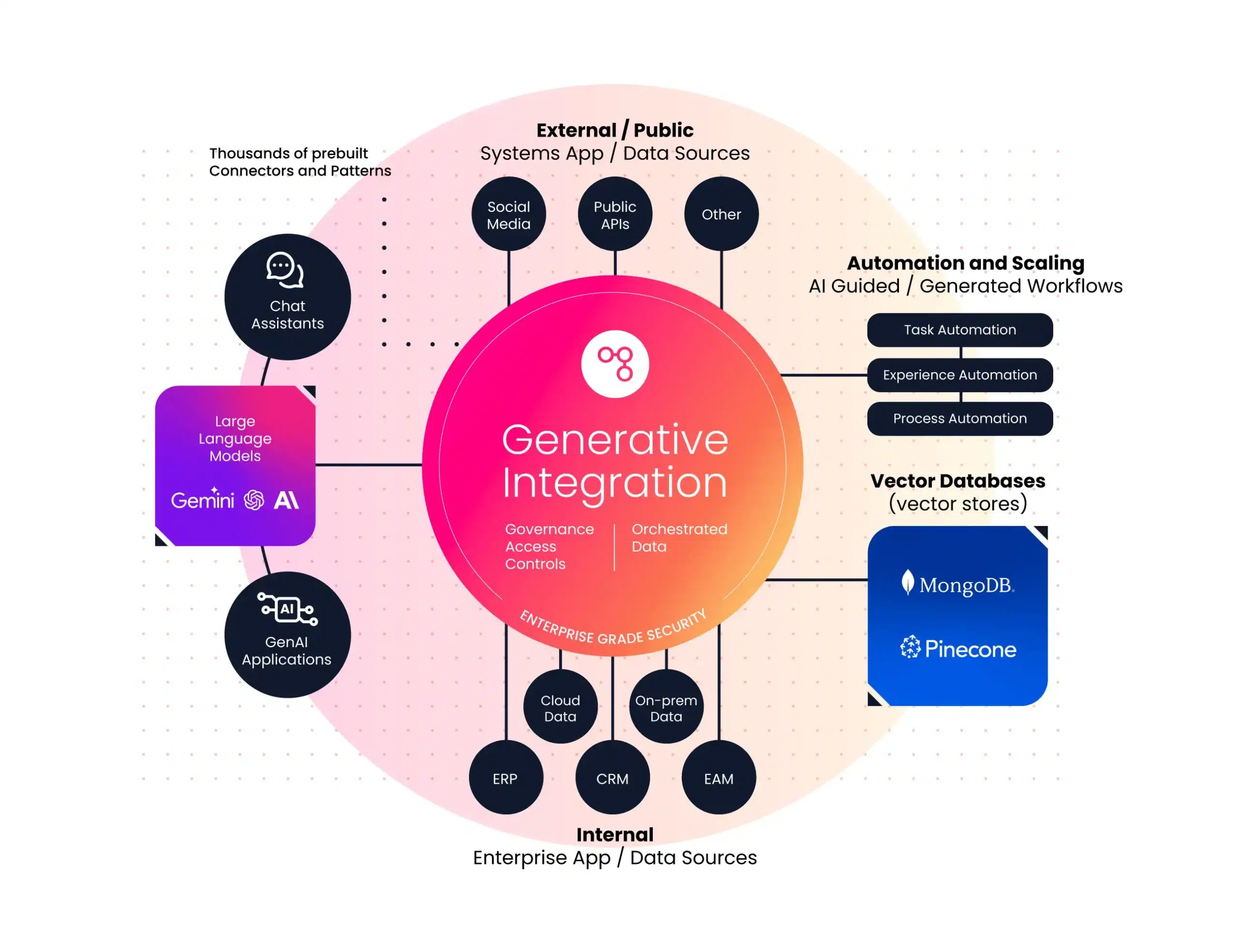
For any organisation looking to harness the full potential of their SAP data in Snowflake, SnapLogic offers a proven path that delivers simplicity, cost-efficiency, and faster time to insights. If you’re ready to overcome the hurdles of SAP data integration and gain real-time visibility into your business operations, book a demo with SnapLogic today.





